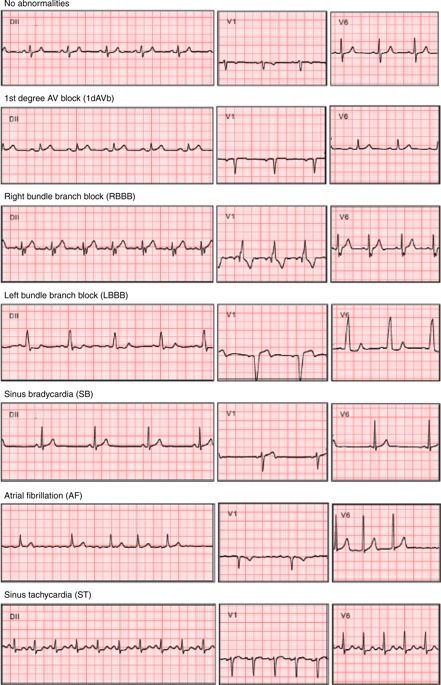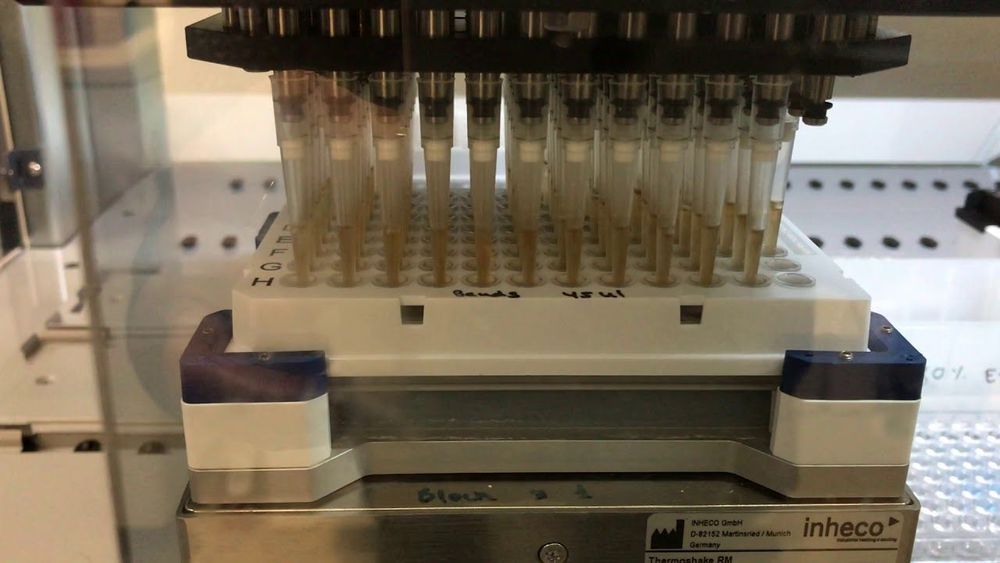Apr 14, 2020
Humming greatly increases nasal nitric oxide
Posted by Brent Ellman in category: biotech/medical
The paranasal sinuses are major producers of nitric oxide (NO). We hypothesized that oscillating airflow produced by humming would enhance sinus ventilation and thereby increase nasal NO levels. Ten healthy subjects took part in the study. Nasal NO was measured with a chemiluminescence technique during humming and quiet single-breath exhalations at a fixed flow rate. NO increased 15-fold during humming compared with quiet exhalation. In a two-compartment model of the nose and sinus, oscillating airflow caused a dramatic increase in gas exchange between the cavities. Obstruction of the sinus ostium is a central event in the pathogenesis of sinusitis. Nasal NO measurements during humming may be a useful noninvasive test of sinus NO production and ostial patency. In addition, any therapeutic effects of the improved sinus ventilation caused by humming should be investigated.

















